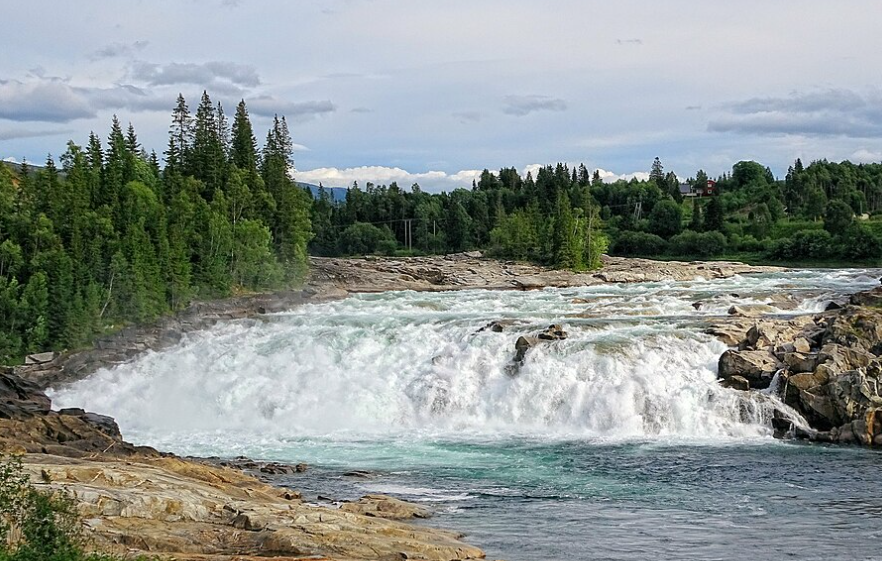
This week, Norway faced a historic heatwave, with Frosta recording a searing +34.9°C, closely followed by Laksfors at +34.4°C, and Maraker at +34.3°C. These extreme temperatures are among the highest ever measured in the region, highlighting the increasing intensity of summer heat events in northern Europe.
Frosta, located in Trøndelag on the Trondheimsfjord, is typically known for mild coastal weather. The +34.9°C reading now places it among Norway’s hottest spots in history, narrowly below the national record of 35.6°C (Nesbyen, 1970). Laksfors, in Nordland, and Maraker, also in Trøndelag County, aren’t far behind. For northern and central Norway, such temperatures are exceptionally rare and alarming.
This heat is part of a broader Scandinavian heatwave, affecting Norway, Sweden, and Finland. A stagnant high-pressure system, or heat dome, has settled over the region, causing persistent hot, dry conditions and pushing temperatures well above normal for several consecutive days.
Locals have struggled to cope. Homes and public buildings in Norway are often not built for high temperatures, lacking air conditioning. Emergency services issued heat advisories, and fire risk warnings were raised in forested and agricultural regions. Vulnerable populations, such as the elderly, face elevated health risks, while farmers worry about crop stress and yield losses.
Climate scientists point to Arctic amplification—the intensified warming of northern regions—as a key driver behind the rising frequency of such events. Weather records like those from Frosta, Laksfors, and Maraker signal a new climate reality for Norway.
With more 30°C+ days occurring each year, these events are no longer anomalies but part of a worrying trend. The 2025 heatwave will likely be studied in the context of long-term climate change, with implications for infrastructure, agriculture, and public health across Scandinavia.

Illustration picture: https://no.wikipedia.org/wiki/Laksforsen#/media/Fil:Laksforsen2016.jpg


























